Growing up in the late 1980s and early 90s, I can scarcely believe that Mario Kart 64 was first released exactly 25 years ago. On the other hand, my bald patch and aching joints say it’s definitely been at least a quarter of a century.
Fear not dear reader, this isn’t a middle-aged cry for help (yet), but Mario Kart 64 was such a huge moment for racing games, so deserves a little retrospective in my opinion.
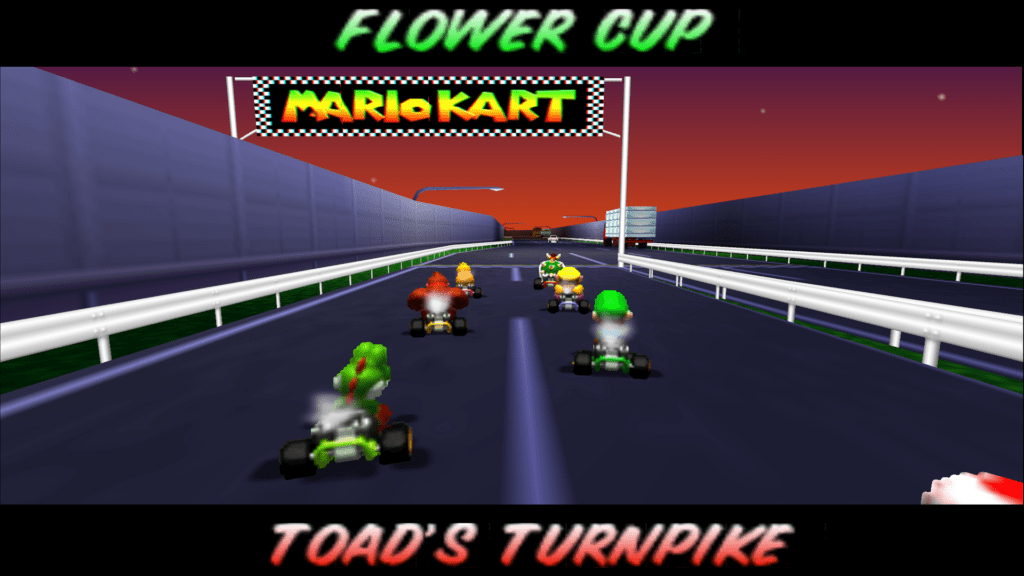
Arriving as the second instalment in Nintendo’s Mario Kart franchise, Mario Kart 64 was released in Japan in 1996 before arriving in Europe and North America in 1997 – four years after Super Mario Kart on the Super Nintendo Entertainment System (SNES).
Notably, Mario Kart 64 was the series’ first proper foray into the world of three dimensions. The SNES version used MODE 7 graphics to simulate 3D, but it was strictly a two-dimensional affair in technical terms. MODE 7 was fairly rudimentary, so the developers were essentially restricted to creating flat, featureless tracks, like fellow SNES racer F-Zero, for example.
Thanks to the Nintendo 64’s graphical prowess, undulating tracks such as Rainbow Road were now possible and helped make the game a huge hit worldwide. It reportedly sold over 8.5million copies, making it the N64’s second most popular game after Super Mario 64. It was followed by further beloved iterations for the GameCube, Wii, Wii U all the way up to the present with Mario Kart 8 Deluxe, which still tops the charts to this day.
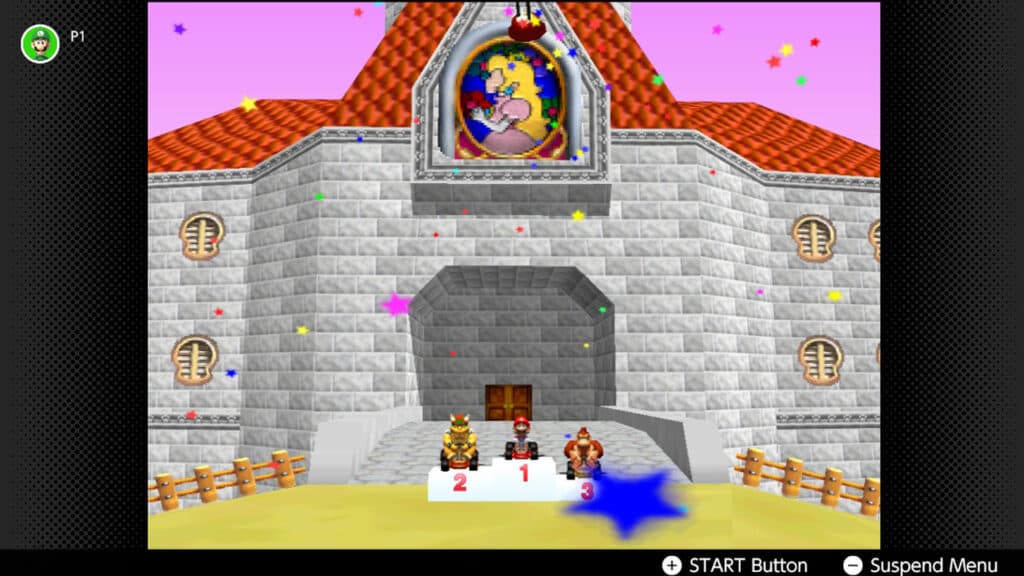
Mario Kart 64 took some visual cues from Super Mario 64 – Royal Raceway features Princess Peach’s castle, for example, which is also used as a location for the podium ceremonies (featuring interviews for the top three drivers by Martin Boo-ndle, perhaps?).
Super Mario Kart set the template for the series on console generations to come, but it was arguably Mario Kart 64 that made the biggest impact on future sequels with a raft of innovations. This made it a vital game for any N64 owners’ collection, especially with its engaging multiplayer modes.
With the game now available for the Switch as part of the Nintendo 64 – Nintendo Switch Online service, this is an ideal time to look back on the impact of Nintendo’s flagship karting game, and determine whether it set a benchmark for future instalments.
It’s-a-me, Mario… Kart 64 innovations
Blue shell
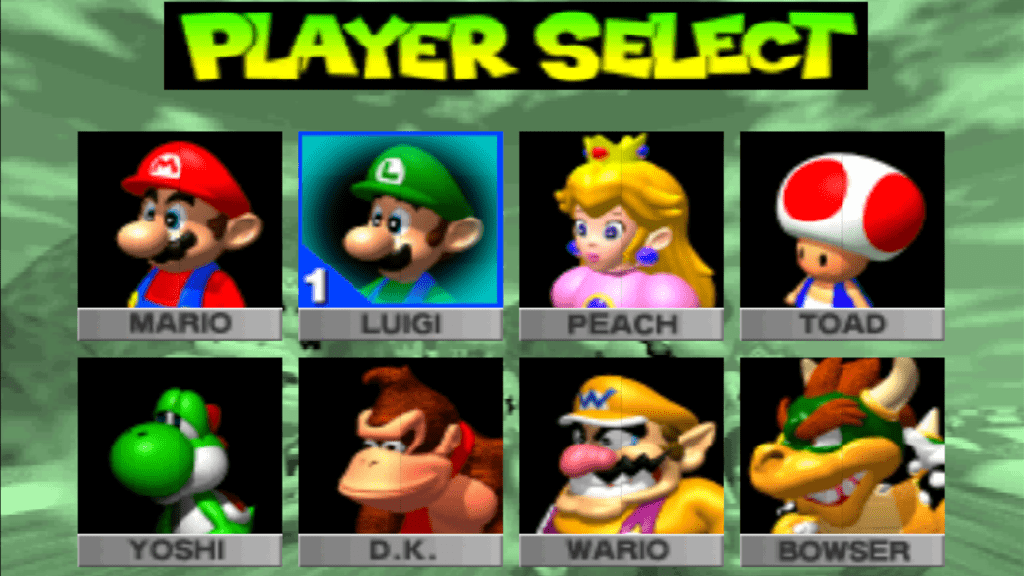
Mario Kart 64 gave rise to the most infuriating power-up in all of gaming: the blue shell. This spiky, blue dealer of destruction would seek out whoever was unfortunate enough to be leading the race at the time, taking them out of the running.
Worst of all, it could not be dodged. It was a sure-fire way to make your (now ex) friend’s face turn a raging shade of red. On the other hand, It helped prevent a skilled player – there’s always one in a group of friends – from running away with all the race wins. Whoever used the blue shell in a friendly game of Mario Kart was (quite rightly) banished from the group immediately.
Drifting
Mario Kart 64 also introduced staged drifting to the series for the first time. In Super Mario Kart, drifting was initiated by a hop and resulted in faster lap times if completed correctly. Mario Kart 64 kept this mechanic, but with an added feature; the longer you held the drift, the bigger the speed boost you’d get. Counter-steering into a drift also felt hugely intuitive, and massive fun when you got it right.
3D
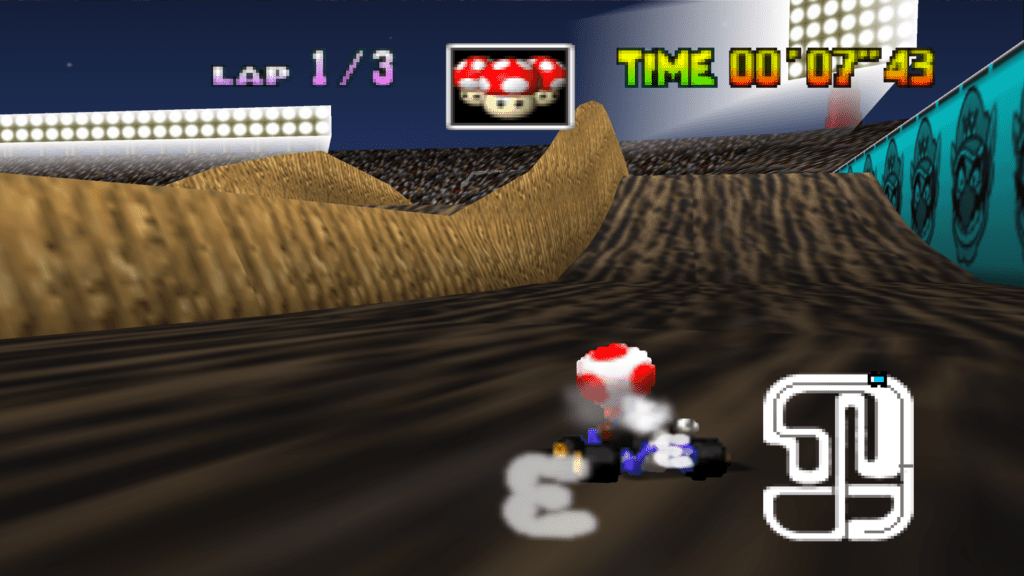
As mentioned previously, the N64’s extra graphical power meant environments could be fully realised in three dimensions as opposed to the SNES’ workaround Mode 7 ‘2D+’ system. Courses could now have banked curves, or in the case of Wario Stadium, motocross-style dirt jumps.
It was a bold new direction for the series, but the actual kart sprites themselves were still 2D. The N64 may have been a more powerful machine, but it still had memory constraints to deal with.
Drafting – boo-gity, boo-gity, boo-gity!
Yes, like a 1996 Winston Cup race, Mario Kart 64 featured drafting. Getting nice and close to an opponent created a little speed boost, exemplified by smoky wind effects. It was a nice touch that made sense to motorsport and racing game fans alike.
Multiplayer
Like many N64 games such as Goldeneye 007 and F-Zero X, Mario Kart 64 came into its own during multiplayer. As opposed to previous home consoles, the N64 had four controller ports, so if your friends owned an N64 they could bring their own controller to your house and join the game.
Three of my friends owned an N64, so it would often be the case we’d spend a Friday evening eating pizza and playing some games. Playing Mario Kart in straight-forward head-to-head races with friends was obviously great fun. Firing a red shell at your mate as he’s on the brink of victory is a feeling that has no comparison, much like the range of expletives that flow from his mouth afterwards.
But, arguable the most intense part of multiplayer was the Battle Mode…
Battle Mode
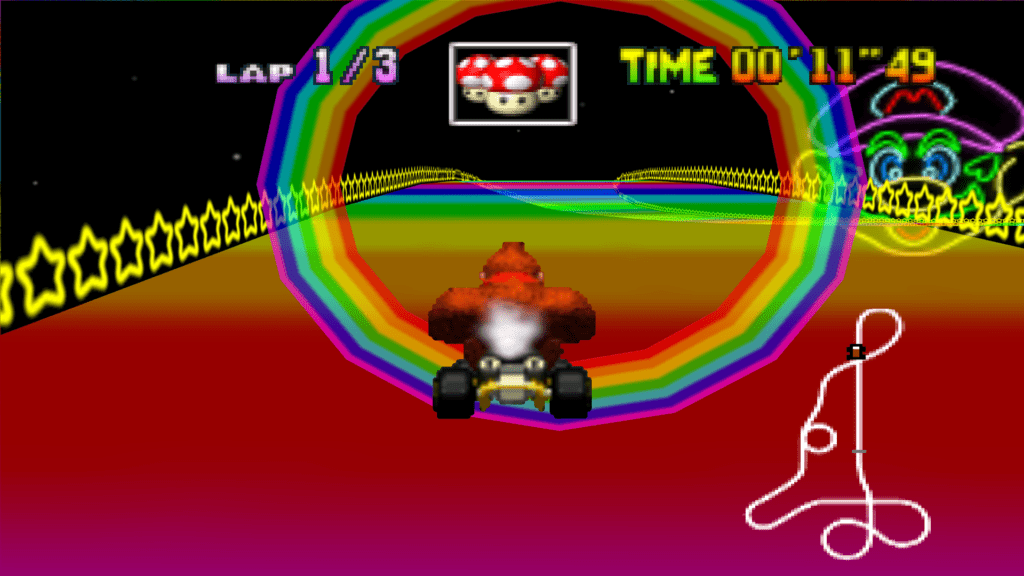
This was the really fun part of multiplayer Mario Kart. Four players duked it out in one of four different battle arenas in a last-man-standing style contest.
Each player has three balloons; each successful attack pops a balloon. Whoever has a balloon left at the end of the game is the winner. It’s a simple conceit debuted in Super Mario Kart, but was so much fun battling locally with three friends, especially with tiered arenas thanks to the N64.
It became extremely intense, as green shells would ping around the walled battle arenas, suddenly becoming a super-effective weapon to be reckoned with. If you were eliminated from the game early you also got a one-time chance to seek revenge; your kart turned into a controllable bomb…
Conclusion
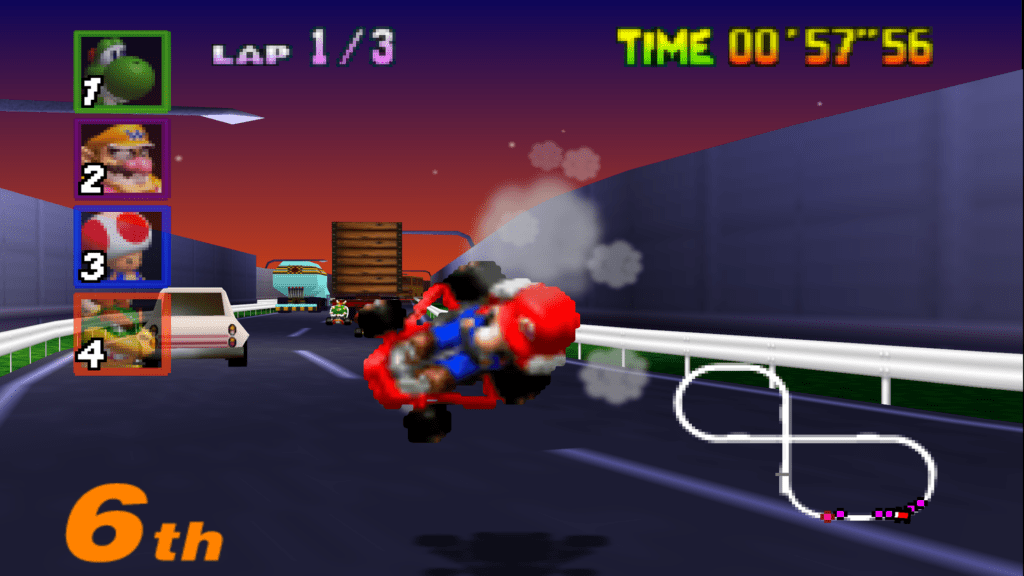
Mario Kart’s move to the third dimension added a breadth of new features to the franchise, but undoubtedly it was multiplayer that made it an essential N64 purchase. Not only did it introduce key mechanics like drafting, advanced drifting and local four-way multiplayer, but it also introduced the phenomenal, friendship-ending four-player Battle Mode.
It was the kind of game that brought friends together for a fun evening of entertainment – but at any given moment you were only one blue shell away from a punch-up.
Mario Kart 64 undoubtedly set a benchmark for every sequel that followed. If you only ever played the N64 version and suddenly picked up Mario Kart 8 Deluxe today, you’d feel instantly at home with the game mechanics and controls. It’s a series of simple ideas executed perfectly.
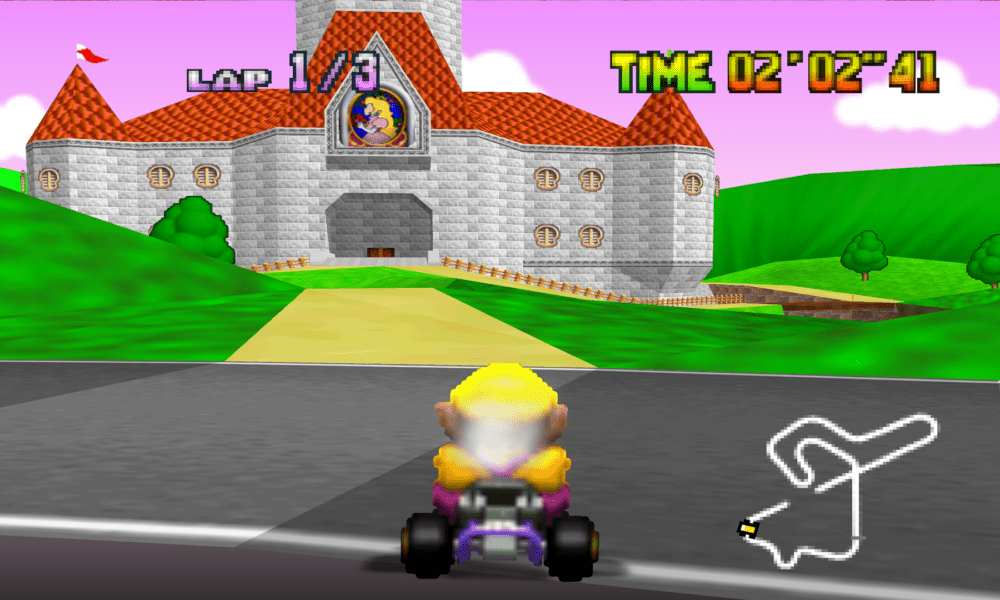





Chat with the Community
Sign Up To CommentIt's completely Free